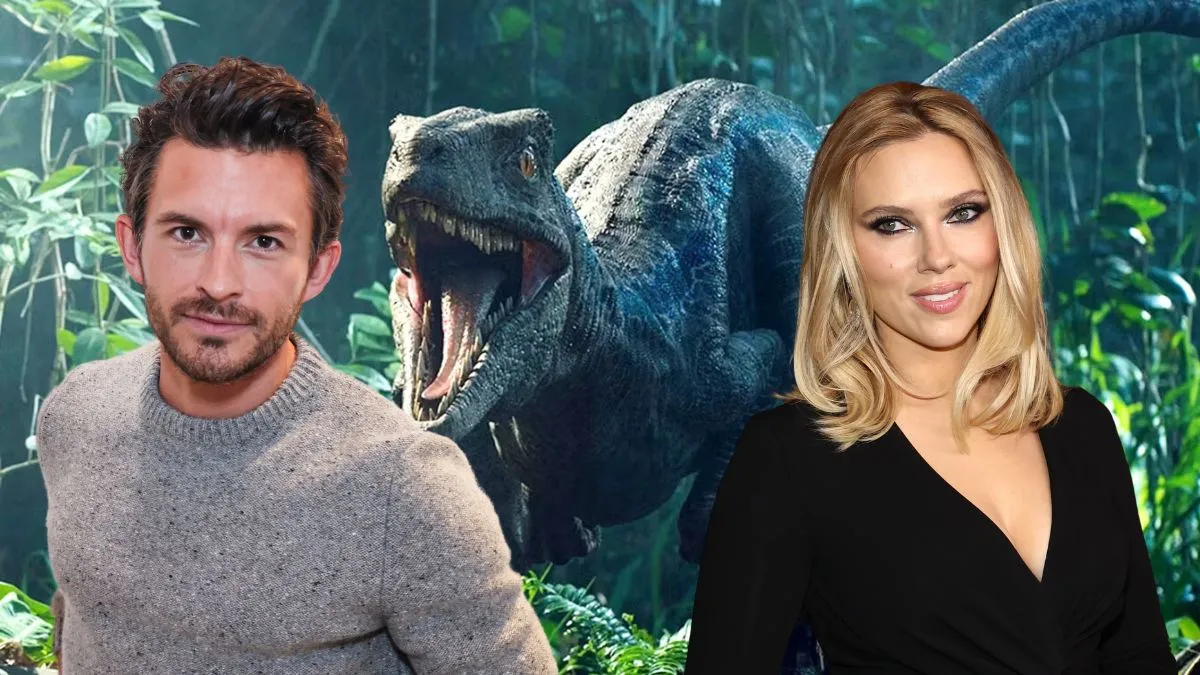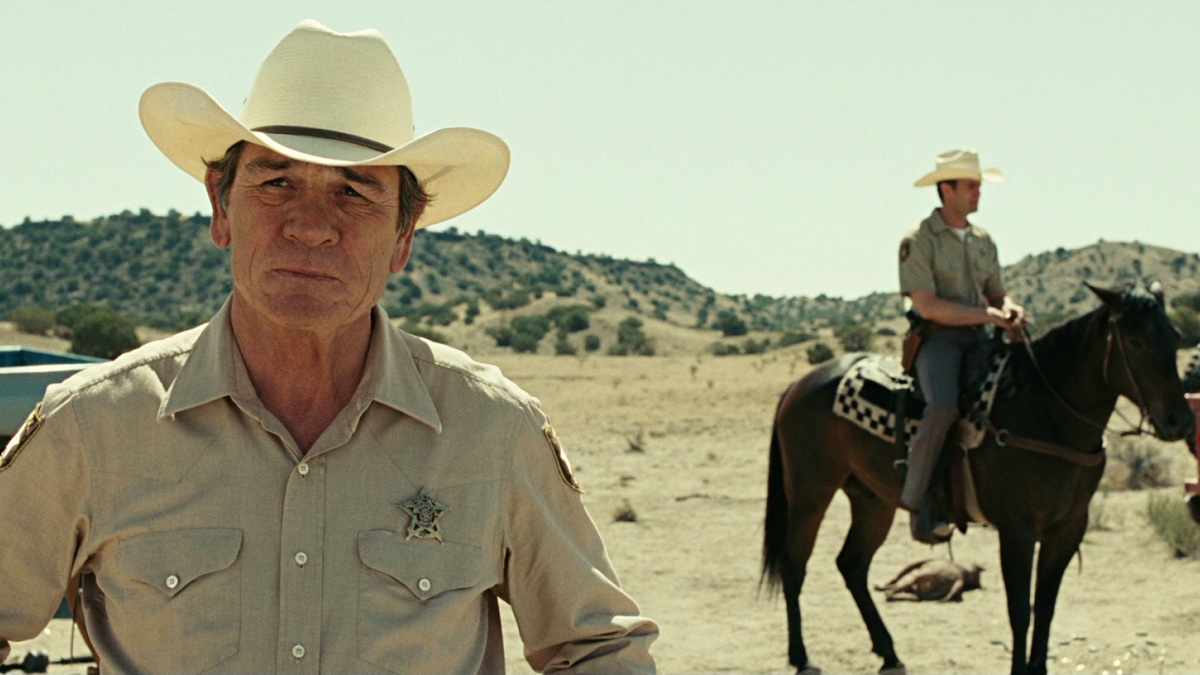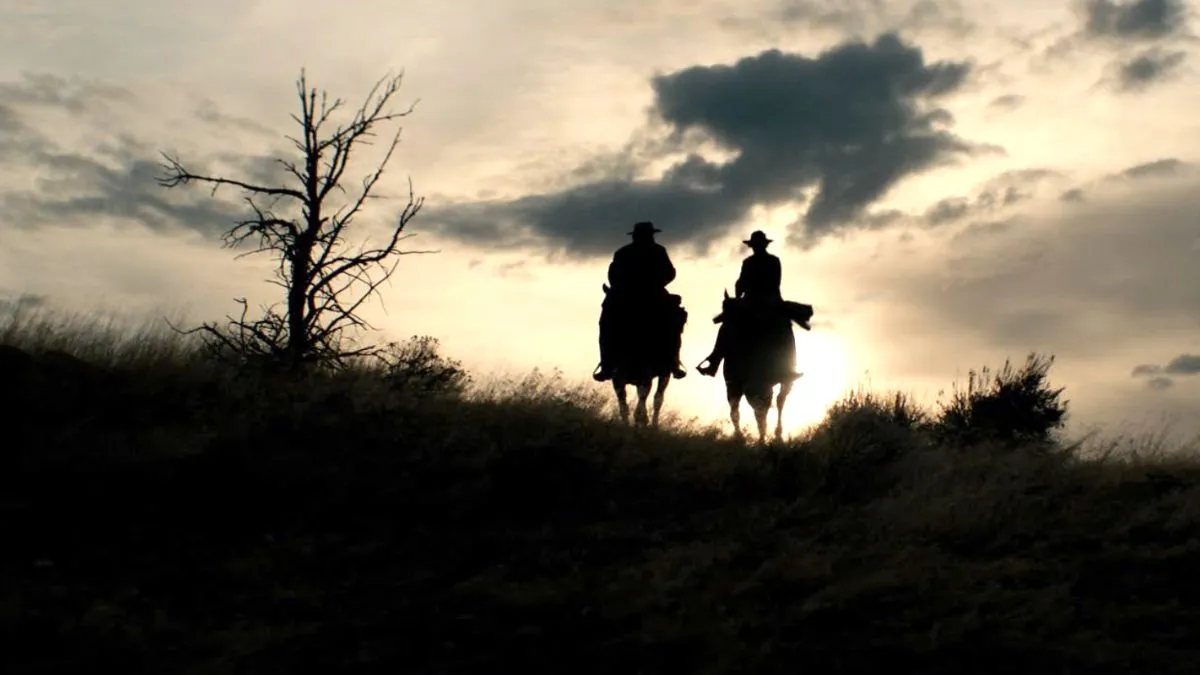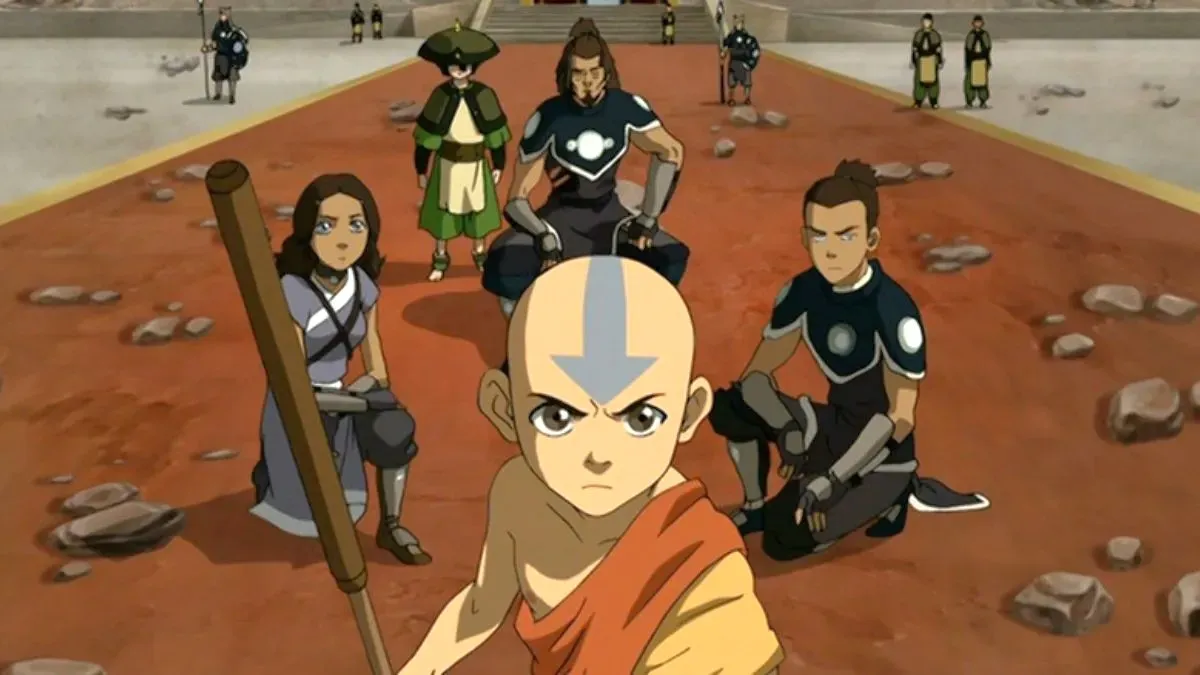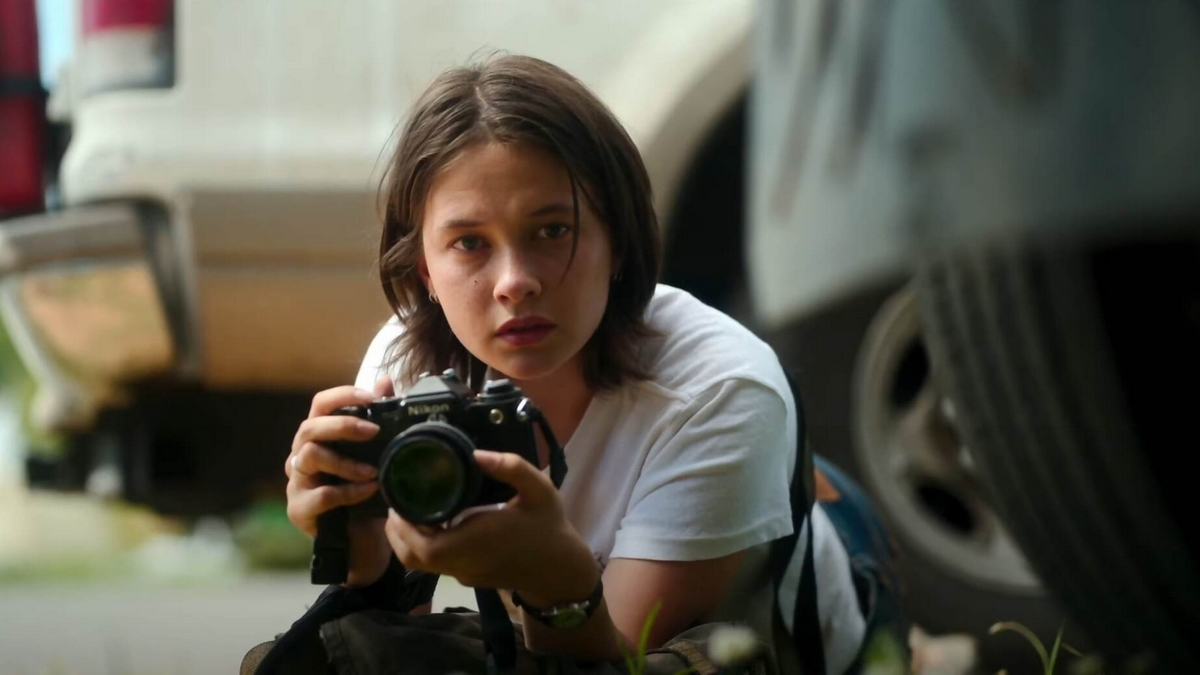
He became known to us through his work as an editor and director on the Saw films, but now Kevin Greutert has broken free of that long running horror franchise and brought us a very different kind of horror tale. His latest effort, Jessabelle, stars Sarah Snook as Jessie, a young woman who is about to start a new life with her loving boyfriend. But that quickly changes after the two are involved in a horrific car accident that leaves Jessie severely injured and her boyfriend dead.
To recuperate, she decides to travel back to her hometown in Louisiana and stay with her emotionally distant father. Once there, she uncovers a number of videocassettes that her late mother left her, but watching them allows a long-tormented spirit to escape, and as it turns out, the spirit has marked Jessie for death.
Last week during the film’s press day, I landed an exclusive interview with Kevin. During our conversation, we talked about the challenges this particular movie presented to him as a director, the difficulty in making North Carolina look like Louisiana, and much more.
Check it out below and enjoy!
This is your first movie as a director outside of the Saw franchise. What kind of challenges did this project give you compared to other movies you’ve made in the past?
Kevin Greutert: I can say that there were some things harder about this film mainly because the Saw movies had a lot of stuff at their disposable to make them very exciting. They are hard R-rated visceral movies with lots of gore and lots of things that you know horror fans are going to like. Not that you can just do a lot of gore and make a great film, but we had a lot of things at our disposal to make the Saw films really exciting. The challenge here was to make a film that has very little violence and/or at least only implied violence, and some very quiet set pieces that are meant to be the scariest scenes in the movie and have those scenes all work just as well, and to make a movie that’s just as engaging and exciting as a Saw film.
That said, I’m much more attracted to filmmaking like what I was trying to do with Jessabelle, which is very strongly character-based and pulling from a lot of different interests that I have in life, and ultimately telling a story that feels more like a true human drama or a tragedy and grounding the audience in characters that I feel familiar with. So it’s both the challenge and the most exciting part of making the film.
Did you edit this movie on your own, or did you have anybody to help you out with that?
Kevin Greutert: I edited it on my own. The way I work is I’ll edit a cut of the movie by myself and then I’ll show it to as many people as I can; people who both know and don’t know the script, people who were involved and are not involved in storytelling or filmmaking and get as much feedback as I can and use that to try and improve the movie. I really do take the opinions of other people seriously.
My editing background has given me the ability I think, more so than listening to people, to kind of humble myself and say that this is not going to work the way I wanted it to. I’ve got to find another solution. But that said, it’s hard editing my own films because me and only me has to live with the shortcomings and errors that I might have made as a director on set.
Directing a film is such a monumental task to begin with. I call it climbing Everest. When I’m done shooting, I don’t have a chance to take a break if I’m editing it myself. I literally have to turn around and climb Everest again. It’s a very strange experience because on the set I’m surrounded by 100 people all day and they’re asking questions, and I’m engaged and have to try and find leadership qualities in myself. That abruptly changes when shooting is done though and I spend the next 3 to 4 months in total solitude by myself in a dark room looking at the images that I captured. Emotionally it can be very hard, but the experience of making a film is such a big adventure that to suddenly see it all on a computer screen makes it seem very small.
Often I’ll watch my first cut and feel like a total failure because it just feels so little and it feels like I didn’t really capture anything. But then I’ll show it to people and I have had the good luck to have people react well to my films, and then it comes to life for me again and I’m happy.
I read in an early interview you did while making one of the Saw films that you said the hardest part of framing a horror movie is scaring the audience. Has that gotten harder for you to pull off or easier?
Kevin Greutert: Well it’s not easy to scare people, but there are a lot of tools out there for filmmakers and editing is a big one. I’d say the two biggest things you need are actors who are playing characters that people are engaged with because you’re only going to be a scared as the character you’re watching, and you’re only going to care as much as the filmmakers makes you care. So you really need actors who really convey what the character’s going through in the emotion and the physical response to the dangerous situation.
You need a good camera lighting concept to capture what the actors are doing. And then once it’s all said and done, in the cutting room you really have to find the way to make the movie and never have boring places, but you can’t just be big all the time. Possibly it’s something that the Saw movies did after two sequels, but you need to really craft the pace of it so you know when to get quiet and when to get loud, when to try and shock people and when to convey the horror in a more subtle way.
There is a lot of different ways to go about it and I would say every horror movie changes a lot in the course of being edited, far more so than most audiences can ever really know without having gone through it. It’s a matter of experimenting and really showing it to audiences and engaging their feedback and trying to craft things differently that might not have worked first time around.
The cast of Jessabelle is terrific. Sarah Snook was perfect as Jessie. Was this a hard movie to cast or were the actors easier to find than you thought?
Kevin Greutert: Well, we didn’t have a huge amount of time to cast. I auditioned quite a few people for the role of Jessie and I really needed somebody who could convey the emotion of what the character’s going through and also just be likable and appealing and somebody who was genuinely smart. So we considered a lot of different people and then I got a call on a Friday night from our casting agent who said there’s this amazing actress named Sarah Snook who is leaving town first thing in the morning and told me that I had to meet her.
I watched a link to some of her auditions for other films, one of them being The Girl with the Dragon Tattoo. She was one of the last contenders for the role of Lisbeth Salander. I was absolutely blown away, such a fascinating, beautiful face and so naturalistic a demeanor that you almost couldn’t tell when she was acting and when she was just being herself.
So we met immediately that night, and from that point I just absolutely had to have her in the movie. Luckily, we worked it out. I left the following day I think for the location in North Carolina and was just on the phone the whole time saying, “We got to get Sarah Snook in this movie!” I’m so glad she did it. It was such a great experience.
I didn’t realize Sarah Snook was up for the role of Lisbeth Salander.
Kevin Greutert: Yeah, apparently (David) Fincher’s time was short, so these five girls all had to dress for the role and sit in a waiting room and one by one go in and audition for the studio brass and Fincher (laughs). It’s just kind of interesting to think of five Lisbeth Salanders staring at each other across the room competing for probably the plum role of their career. I’m sorry that Sarah didn’t get the part, but I’m the one that benefited from that because I would’ve never gotten her otherwise.


